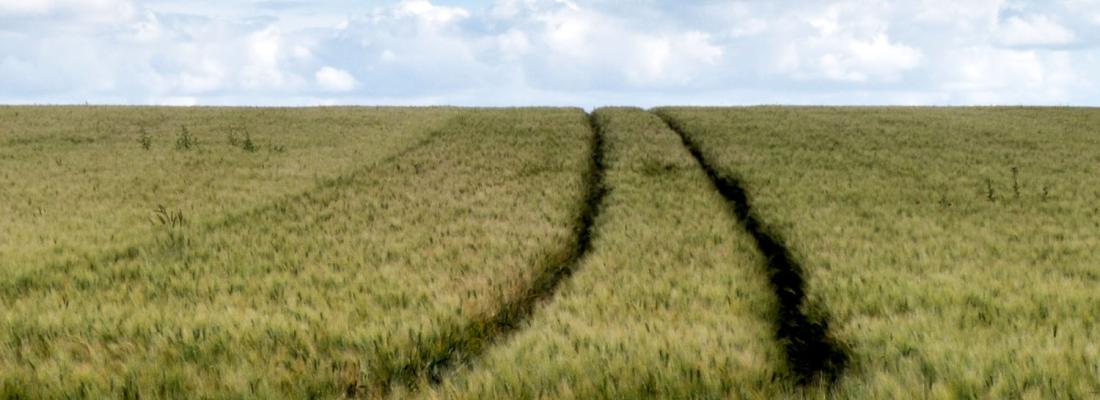France
August 21, 2024
Climate change, the globalization of trade, and changes to phytosanitary regulations can favour the emergence of new plant pests that may threaten not only agricultural crops but global food security, ecosystems and an entire sector of the economy. An article published recently in CABI Agriculture and Bioscience by scientists from INRAE, CIRAD and ANSES underlines the urgent need to modernize and reinforce plant health surveillance systems in order to deal with this major risk, and presents a wide-ranging and proactive agenda for the research required in this field.
 © INRAE, Bertrand Nicolas
© INRAE, Bertrand Nicolas
Current surveillance systems for plant diseases – often based on detecting visible symptoms or known pests – have demonstrated their limitations. They struggle to respond quickly to new threats that can emerge and spread across borders at unprecedented speed. Furthermore, these traditional systems are not always adapted to detecting inconspicuous symptoms or previously unknown pests.
In an article published in CABI Agriculture and Bioscience, a research community of 65 scientists from INRAE, CIRAD and ANSES proposes a research programme to improve and modernize plant health surveillance in order to anticipate and mitigate disease and pest emergence. Samuel Soubeyrand, INRAE scientist and co-author of the study, explains that “our approach has integrated a broad range of scientific areas and identified the main shortcomings in the current system. Among these, surveillance is often implemented within a restricted framework, with compartmentalized thinking and approaches to living organisms. By contrast, we want to broaden the framework by establishing closer links between surveillance, anticipation, risk assessment, knowledge acquisition, and multi-actor collaboration, including beyond the agricultural and forestry spheres”. The scientists thus identified four main research areas that could improve surveillance of pest and disease emergence.
First of all, it is crucial to anticipate pest emergence by developing innovative forecasting capacities. This includes taking into account subspecies diversity and their adaptive potential, as well as the effects of changes in climate and cropping systems.
Second, the use of versatile broad-spectrum surveillance tools could enable more wide-ranging and precise detection. Such tools or systems could, for example, be based on molecular or imaging diagnostics, AI-assisted monitoring of social networks, or on sampling environments and living organisms which act as sentinels for the health of plants, the environment, animals and humans.
The scientists also argue in favour of studying organisms that are already listed as quarantine or priority pests from new perspectives and using novel approaches, including those designed to improve their characterization and diagnosis at an infraspecific level (detecting variants rather than the species alone).
Finally, it is essential to set up multi-actor and cooperative surveillance systems based on information and data sharing, including data not initially used for the surveillance of plant health, in order to develop the closer monitoring of territories and improve alert systems in the context of emerging threats.
The research team advocates an Integrated Health Surveillance approach in the One Health context that takes account of the interconnected risks to the health of plants, humans, animals and the environment. A modernized plant health surveillance system is necessary and urgent to better protect plants, crops and forests, in order to ensure sustainable global food security.
Reference:
Soubeyrand, S., Estoup, A., Cruaud, A. et al. Building integrated plant health surveillance: a proactive research agenda for anticipating and mitigating disease and pest emergence. CABI Agric Biosci 5, 72 (2024). https://doi.org/10.1186/s43170-024-00273-8